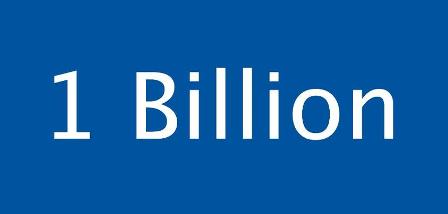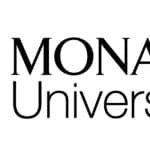“The cost of illiteracy as well as the huge cost of formal literacy is one of the major financial and social burdens of the societies.”
MOOC – Massive open online course technology is bringing enormous change to the way we learn. It wouldn’t be too ambitious to say that open online tech start-ups brings the possibilities to educate the entire human race faster than with formal education system alone.
MOOCs are products of Industrial scale educational technology, with sizeable financial investments, built and developed to meet the ever increasing demand for massive education across the globe.
In one of Ivan Illich’s discourses entitled “Deschooling the Society”(ca 1971), Illich argues that our contemporary educational layout is intellectually stifling due to such forces as non-flexible curriculum and lecture style “learning”. He mentioned the idea of incorporating advanced technology into our school system so as to create what he labels, “decentralized learning webs”. He further affirms that such “learning webs” would in turn connect and involve more students in the learning process, thus creating a more efficient and engaging mode of learning.
In recent times, MOOCs have become a driving force towards this method of “decentralized learning”.
Who is Involved?
In 2012, MOOCs have gained significant attention due to the prominence of the founders, contributing institutions and financial investment. A number of open online course projects have emerged.
A major breakthrough came in fall, 2011 when over 160,000 people signed up for a course in artificial intelligence offered by Sebastian Thrun and Peter Norvig, through a start-up, now Udacity. Daphne Koller and Andrew Ng launched Coursera afterwards.
The quest for limitless and massive education was strong enough to bring together MIT and Harvard to collaborate on free online courseware technology; Two neighboring universities which often compete for top students.
MIT launched its MITx online learning initiative in December 2011, with its prototype course, and with more than 150,000 students enrolled worldwide. EdX online learning initiative was announced by Harvard and MIT in May 2012, with each university committing $30 million ($60 million investment) toward the partnership. Anant Agarwal, director of MIT’s Computer Science and Artificial Intelligence Laboratory and a driving force behind edX said the technology could educate up to 1 billion people. ”Anyone with an Internet connection anywhere in the world can have access [to edX],” said Harvard President Drew Faust.
MIT will be offering MITx technology as open-source, for other educational institutions to use for their online elearning needs.
Both schools now offer their free courses using the edX platform, with University of California Berkeley, joining afterwardsto expand the group of participating “X Universities” – universities offering their courses on the edX platform. EdX plans to add other “X Universities” from around the world to the edX platform in the coming months.

More MOOCs
MIT and Harvard are not the only bodies with such open learning offering. Google recently announced it’s Online Course builder which resulted from it’s popular Power searching with Google Online course, into an open source online course builder. Due to the successful of the course, with 155,000 registered students, Google decided to continue development of the course builder as open source. Like with MITx, educational institutions and professionals can use Google Course Builder to offer online courses.
Another inspiration for the effort of massive education is the not-for-profit Khan Academy founded by Salman Kahn. And several other for profit and not-for-profit start-ups.
Who is benefiting?
Massive Open Online Courses makes it possible for anyone from any part of the world with internet connectivity to achieve self-directed education. No enrollment fees required. Open collaboration with like-minded learners.
Teachers from all parts of the world are using readily available online courses from top universities, which have been previously reserved for the privileged, to provide their students with better and quality education and learning experience.
Africans are not left behind in the consuming aspect of this innovative technology. Students and professionals are already taking advantage of this opportunity, adding to the numbers gradually creeping to the millions towards educating one billion people.









